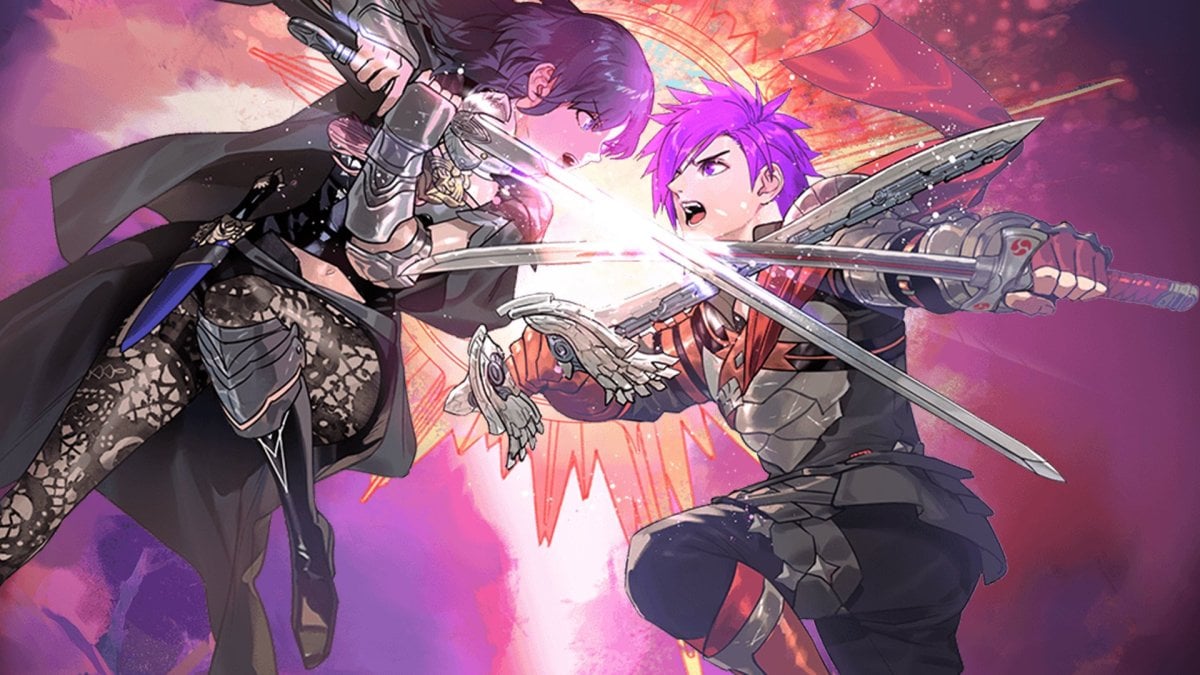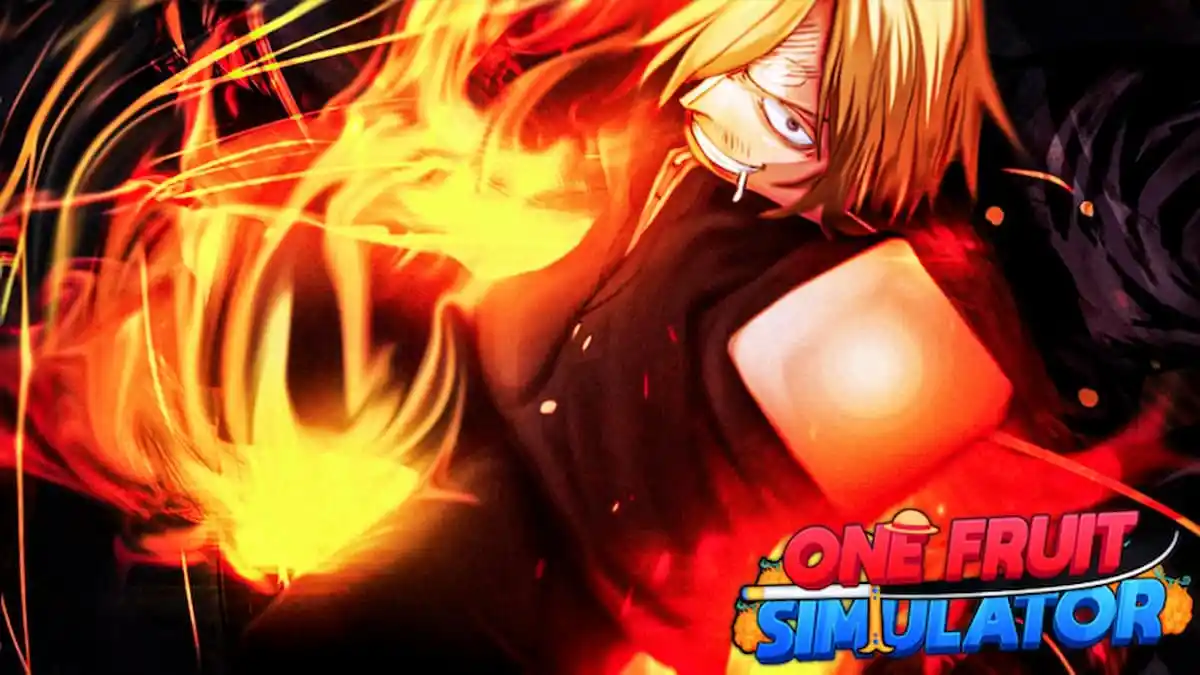Tea time for Warriors
When we last left Fire Emblem Warriors, it was but the learner. Now, with Three Hopes, it is the master.

Fire Emblem Warriors: Three Hopes (Nintendo Switch)
Developer: Omega Force
Publisher: Nintendo
Released: June 24, 2022
MSRP: $59.99
My review process with Three Hopes was a bit of a rollercoaster.
At first, I was worried. Some of the more rote elements of the Warriors formula shined through the brightest at the start, and during the prologue, before most of the systems come into play, it wasn’t grabbing me as much as I’d hoped. But then another five foundational mechanics came into play. And another five. And…you get the picture. A few chapters in, the game really starts to take shape, and I was hooked.
Three Hopes kinda never stops throwing stuff at you, which is going to appeal to a certain kind of person and scare others away (namely folks who don’t dig Warriors combat wholesale). But the Fire Emblem formula is back and better than ever in the Warriors framework, allowing players to forge relationships with characters and accompany them into battle with upgraded equipment…and upgraded friendships.
If you’re coming in having played the strategy-minded mainline Three Houses, you’re definitely going to get more out of it. Given that this is an alternate timeline where you’re controlling a mysterious mercenary named Shez and fighting against the prior protagonist of Byleth, it inherently has a lot of fan service and some alt-history type stuff to gasp at and enjoy. Once again, you’ll be able to see how your favorite (or most-hated) characters end up, and revel in their success or failure.
But it’s also totally fine to come in completely blind. The narrative picks up with Shez (the new main character) meeting the members of the three titular houses, allowing you to once again choose your allegiance. From there the story once again diverges into three paths, and you’re in it at the ground level, following their journeys, twists, turns, and emotional growth arcs.
There’s so much to tackle with this game, it’s almost impossible to convey how much there is to do without getting too long-winded. The class system is in, with a wide variety of strategies to tackle. You can select between three difficulty settings at the start and toggle permadeath (if you’ve played Warriors games before and like micro-managing your party, I advise selecting hard mode right away). Equipment is highly customizable, as are skills, and the “X counters Y which counters Z” asks players to diversify their classes and strategies.
You have access to a camp in nearly every chapter, which is a hub you can run around in (or fast travel around for convenience) to purchase items, equipment, army support, and pick up supplies from your convoy [if I was explaining this in person I’d be taking a big breath right now]. You’ll also be able to micromanage your team, bond with them through excursions or chores, cook and hang out with them, upgrade your base, chat, train people, unlock new classes, allow other characters to bond with each other through activities, and exchange gifts: I missed a few menial things, but for brevity’s sake, it’s time to move on. Clearly, the simulation element is still very much present, and so is the breadth of things and people to unlock.
The game is broken up by chapters via a battle map, with medium-sized zones collected together with points of interest, optional sidequests to partake in, and a “story mission” at the end that triggers the next chapter transition. While it’s not quite a unified “world map” (it’s a series of chapter-based micro-maps), it makes sense given the focus of the war-torn narrative where territories and alliances are ever-changing, and you can replay old missions from a camp NPC options menu.

The Warriors combat system is still intact, with the regular attack/special attack combo system (triggering a single attack then pressing special is one move, attacking twice then pressing special is another move, and so on): as well as two linked “spells” (or weapon-based strokes/abilities), a special ability linked to a meter that generally blows everyone up, and a default potion consumable that gets recharged every scenario. Shez can transform and go Super Saiyan. That’s pretty much it, as many of the hard-hitting decision points come directly from the abilities of your chosen class, and the actual events that carry out in the missions themselves (more on that in a moment). It’s a shame that many enemy elites have ridiculously long “wind up” attacks, as much of the combat difficulty comes with managing multiple enemy units at a time; or dealing with the meta-elements of a battle (like loss conditions).
The game seems to have an uncapped framerate, staying roughly around 30FPS, docked, while hitting targets higher or lower depending on the amount of action on screen. It’s likely not going to win over the “anything less than 30 FPS is never acceptable” crowd, but I found the entire game very much playable (including in portable mode), and more stable than a few other IP-focused Warriors games on Switch.
With that in mind, there is room for a lot of tension and tactical nuance. On harder difficulties decisions matter a bit more, and deciding to acquiesce in a side quest at the right time can turn the tide of battle, or make things a lot less dicey in terms of triggering your loss condition (like a key general dying). The team does a good job of spicing these up, adding in contraptions, secret entrances, last-second enemy ambushes, and more. There’s even micro-narratives like “this thief is trying to steal a treasure chest…kill them, get the key, and take it yourself,” and you can link up with teammates on the battlefield to do double-supers.
A lot of the easy facilitation of those on-the-fly encounters stems from the handy warp mechanic, where you can whisk yourself away to any friendly part of the battlefield three times in total per level. Not only is this a godsend in terms of curbing wasted time running across an entire map, but it also adds a bit of flavor to your character as a whole, and can help facilitate some very close shave dramatic moments. Commanding each individual unit or issuing army-wide orders is another level of convenience.
There’s flashes of mechanical brilliance in Three Hopes, that show how the game’s combat could have further differentiated itself from the games before it; but Omega Force doesn’t fully commit. Specific levels have concepts like “no dodging” as a forced challenge, which, on higher difficulties, showcase some more moment-to-moment subtlety. Builds can sometimes get as fine-tuned as utilizing a cursed sword that poisons you: while circumventing it by upgrading your healing capabilities. It’s almost there in terms of evolving the Warriors baseline, but it’s not quite enough to get people on board if you’re not a fan.

But again, the meta-elements of Three Hopes were the aspect I enjoyed the most, and did the most work winning me over. In big battles, you can use select “strategies,” some of which need to be unlocked by completing more of the chapter map. These scenarios range from “bribe someone to unlock a door for you,” to “hire extra mercenaries,” to “convince an enemy general to join your side.” The latter is easily the most impactful gambit, as characters literally join your party and become playable/part of your army.
In true Fire Emblem fashion, I’d end up recruiting people that became my new favorite person. When you add someone to your crew in Three Hopes, it also sometimes unlocks new narratives, conversations, and activities to do with them: amid the more obvious combat implications of getting to use them in future fights. It’s a ton of fun, and before long I had the classic moment of having too many people I liked on my side to possibly fit in any given skirmish. Like past IP-based Warriors games, you can also pay in-game gold to level up anyone, so no one theoretically gets left behind even if you aren’t actively using them (and newcomers inherently join at higher levels). There’s a ton of voice acting in Three Hopes: a frankly insane amount I might add, which adds to the allure of all of these aforementioned party members both in and out of combat.
There’s some stuff I can’t talk about here to avoid spoilers, but it’s obvious that Three Hopes is massive, and there’s a lot to discover and unlock. One playthrough should run you 15-20 hours (more if you decide to explore the full map of each chapter and do sidequests), and that’s one house/storyline, with some wild curveballs. The game is predicated on multiple playthroughs, with a little extra unlock pepper grinded out on top. An “extras” section in the main menu is also a treat, as you can rewatch story cutscenes with either version of Byleth or Shez.
The more I played Fire Emblem Warriors: Three Hopes, the more I became invested. Every five chapters or so is about the cadence that I felt my excitement steadily rising, and I’m happily working on another playthrough to check out an additional path, more story, and more characters. While the core Warriors gameplay likely isn’t going to completely win over folks who have already tried to get into it, those of you who do enjoy it should have a ton of fun with Three Hopes.
[This review is based on a retail build of the game provided by the publisher.]













Published: Jun 21, 2022 08:00 am